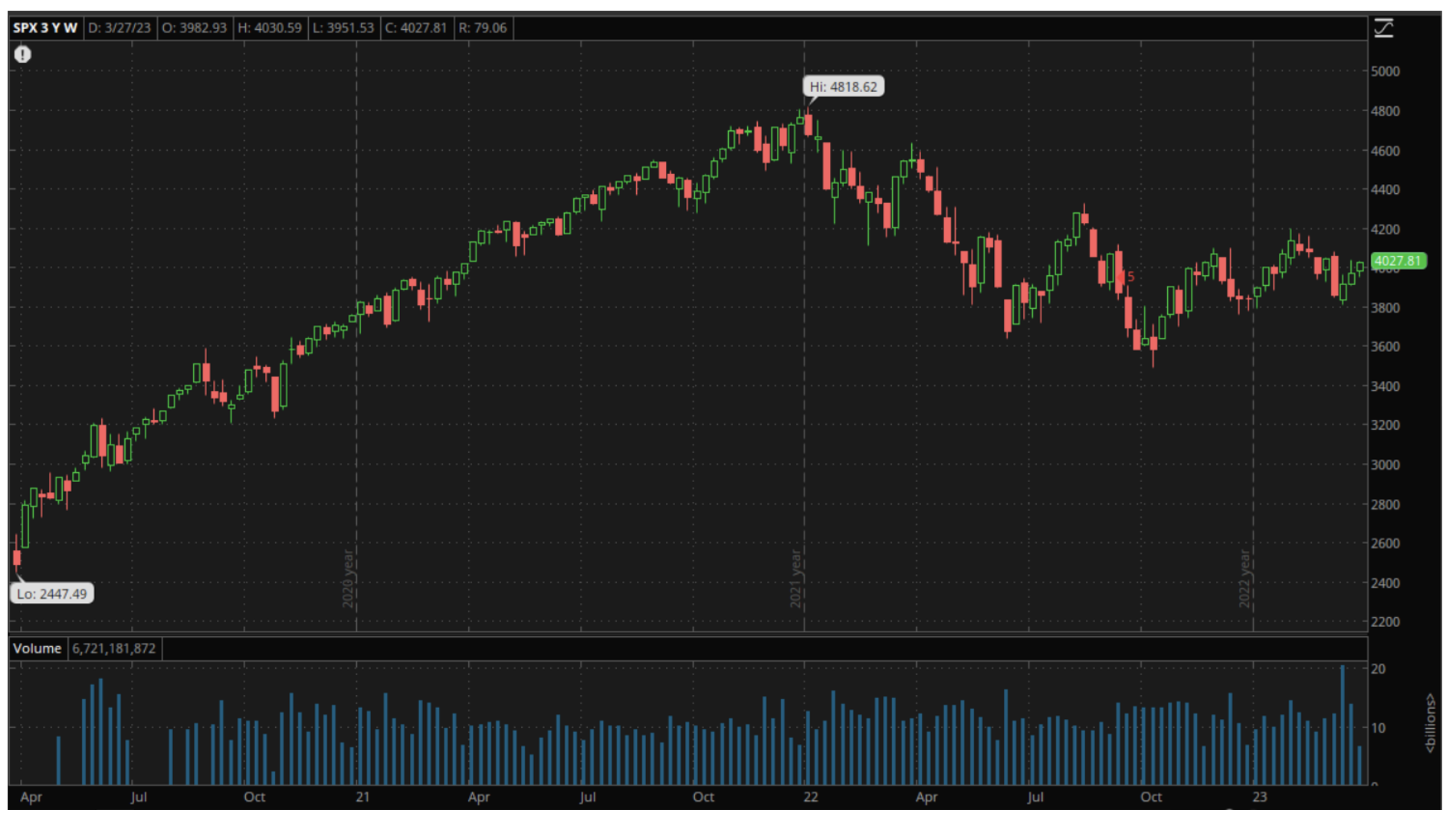What It Means for Investors if the Bulls and the Bears are Both Right

If you are a consumer of financial media, or if you follow multiple analysts and fund managers, chances are you are a bit confused by where the stock market is right now. There seems to be an overwhelming consensus among the analysts, small fund managers, CIOs, and others who make up the daily diet of guests for CNBC, Bloomberg, and Fox Business that stocks are heading significantly lower. It sometimes feels like, as usually happens when all the financial media personalities agree on a direction, there is a competition to see who can make the most sensational call in that direction.
And yet, over the last two weeks, the market has been trending higher and the default direction on slow news days has been consistently bullish. Clearly, traders are buying. So much so, in fact that the Nasdaq is now technically in a bull market. So, who's right: analysts or traders?
Having served in both capacities at different times in my life, my answer to that question would usually be the traders. They put their money where their mouth is every day and ultimately decide stock prices, and that makes their collective view far more valuable than that talking heads on TV. That's still true, but with a twist. It could be that in this case, both sides could be right. What is different is the time horizon of their views.
Markets operate on multiple levels at once, giving them a fractal nature, meaning that long-term patterns are made up of a series of repeating short-term patterns. There can be a lot of short-term volatility within a long-term trend, and that is the impression given by a longer-term view like that of the 3-Year, 1-Week chart below.

On this level, after a long climb, the S&P 500 is heading lower, albeit with some serious retracements along the way. We could be in one of those retracement moves higher now, but the long-term downward trend is still intact. Thus, because of the different time horizons of traders and analysts, they can both be right at the moment. Stocks can go higher enough in the short-term to offer a decent profit for the traders who are buying stocks, but lower enough over time to enable the pundits to say "I told you so" in a few months.
Extend out even further, and the "long-term" down trend looks like just a blip on a much longer-term up trend. Over periods measured in multiple decades, stock always move higher. No matter how low we go on this move, the market will eventually be higher in the future.
All of the above seems obvious when written down, but it is important to understand because on a day-to-day basis, investors tend to forget it. They get caught up in the bull versus bear debate, and feel that they should pick a side, forgetting that two or more things can actually be true at the same time. When you take a step back and understand the different time horizon dynamics, a few things about your investing strategy become clear.
The most important thing in this situation is to evaluate each stock pick and potential trade in terms of its time horizon. Is this something where the chart or a trend among consumers is suggesting a move higher in the context of the current bounce? If so, then buying it immediately makes sense, but only with a clear price target and an intention to take a profit relatively quickly. Or is it something that you believe will outperform over time? Is it a company that makes a consistent and growing profit, or at least has a clear plan to enable it to do so soon? Or is it something in an industry that fits a long-term societal trend? If your investment thesis is based on either of those, then it is a long-term play, and you may want to hold off buying it for now. Given the current situation, holding on for a better entry point probably makes sense.
These days more than ever, we all feel the need to take sides in a debate, which often makes us lose sight of nuance. Just because one person is right doesn’t necessarily mean that the other is wrong, particularly when it comes to market analysis, and remembering that can help you make better decisions, particularly in an uncertain market.
The views and opinions expressed herein are the views and opinions of the author and do not necessarily reflect those of Nasdaq, Inc.
